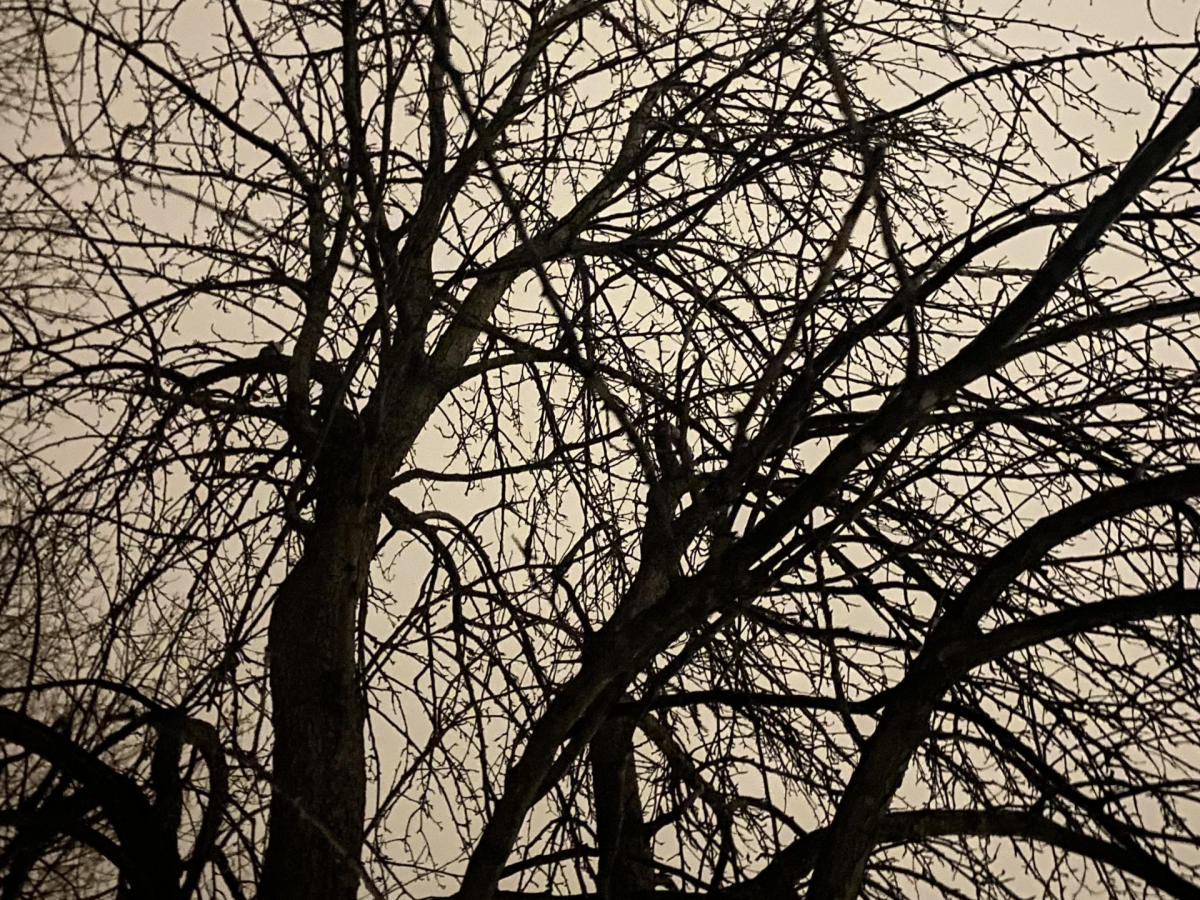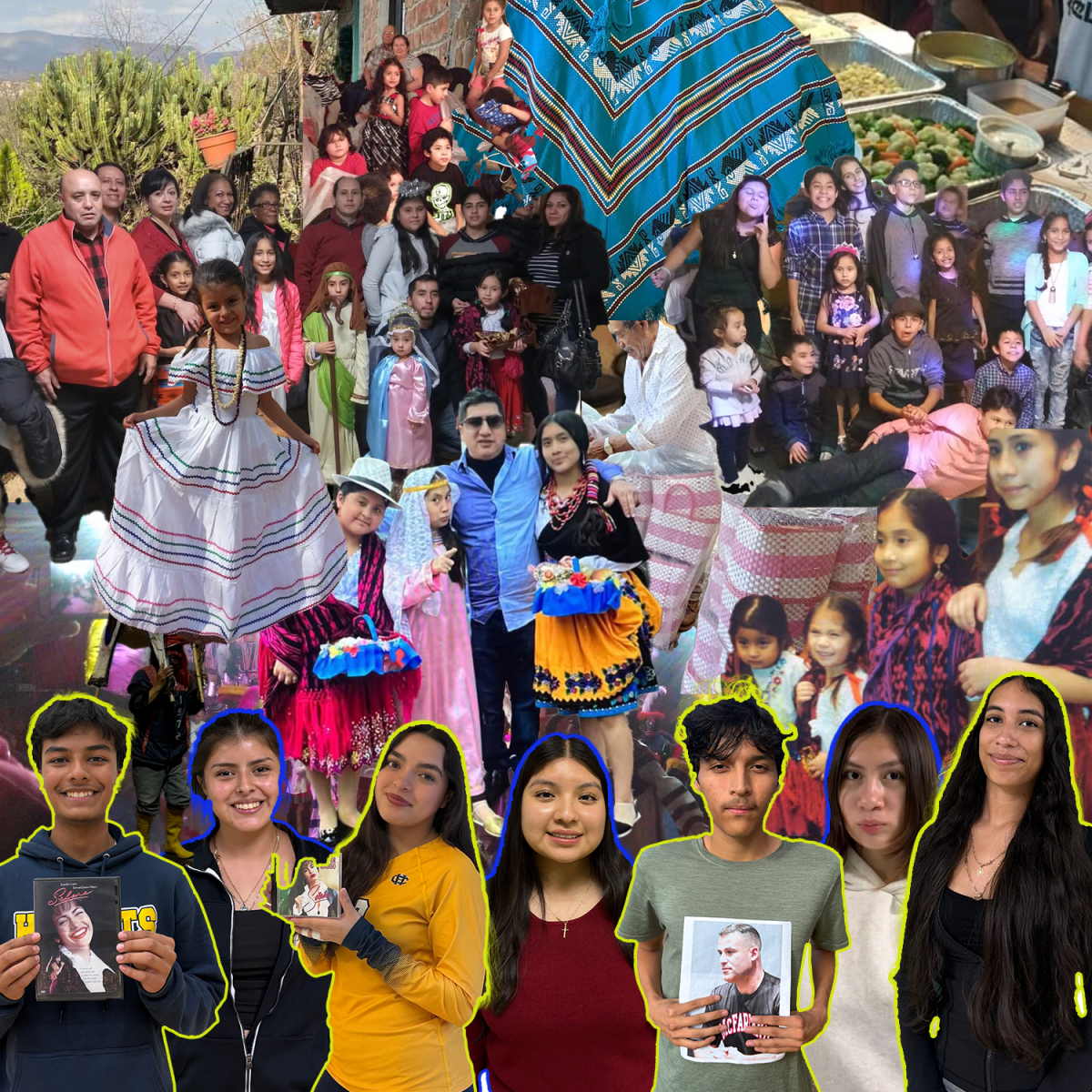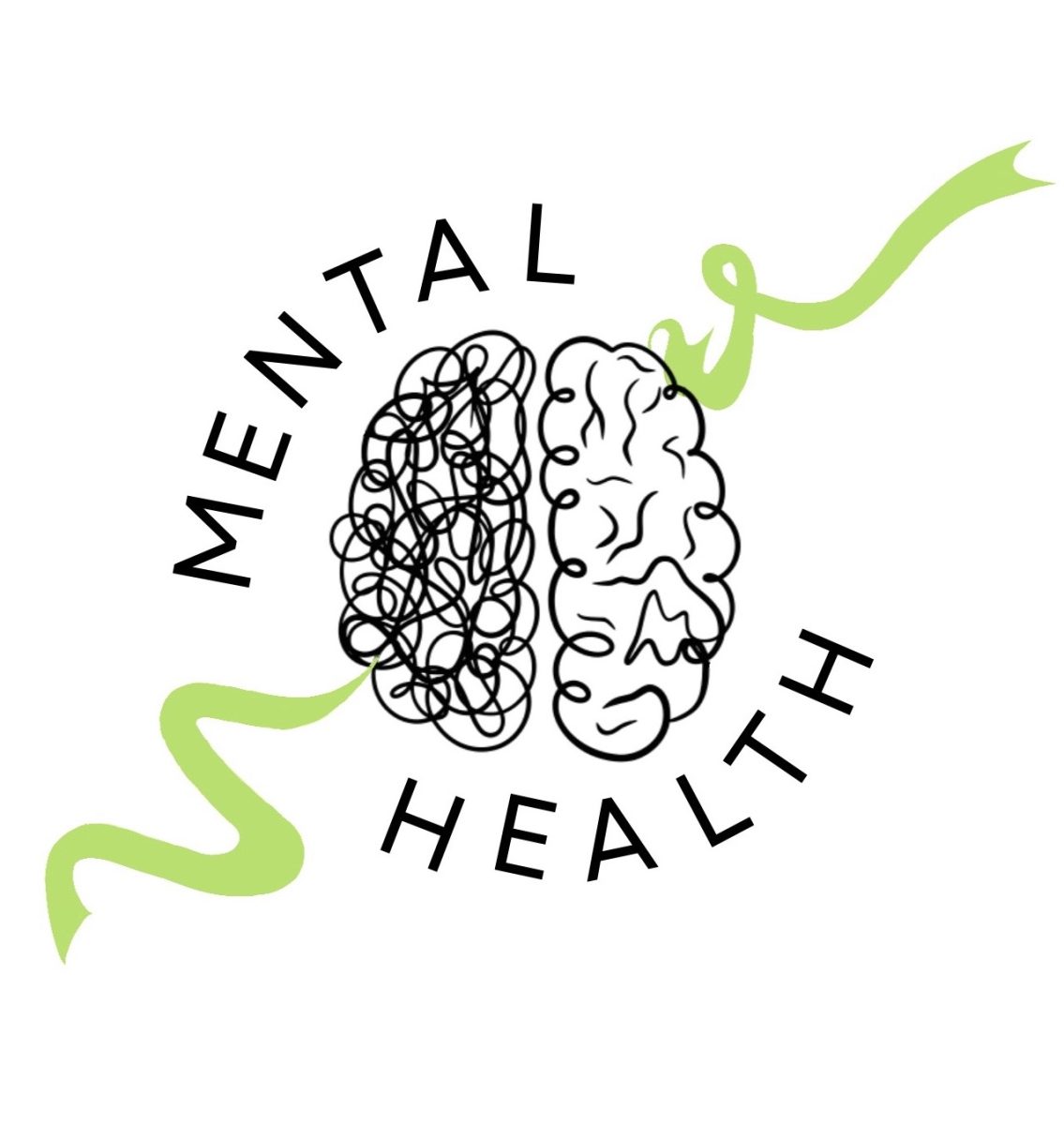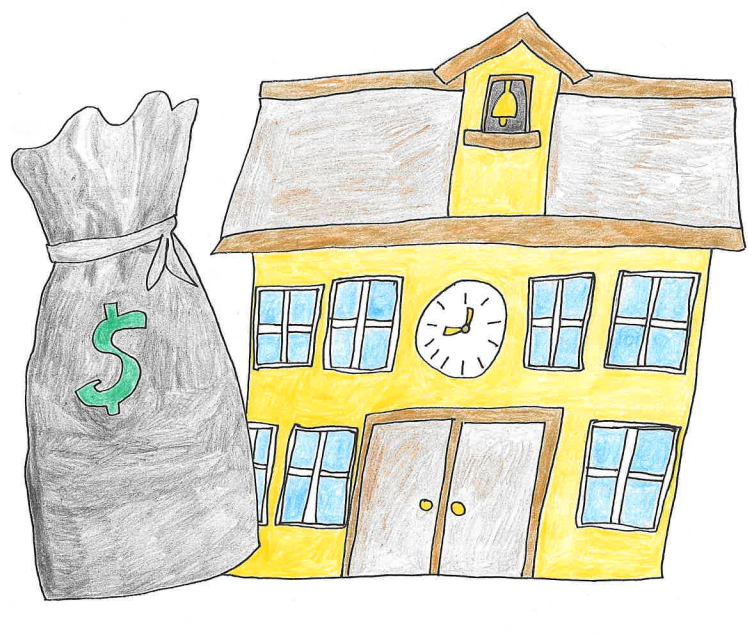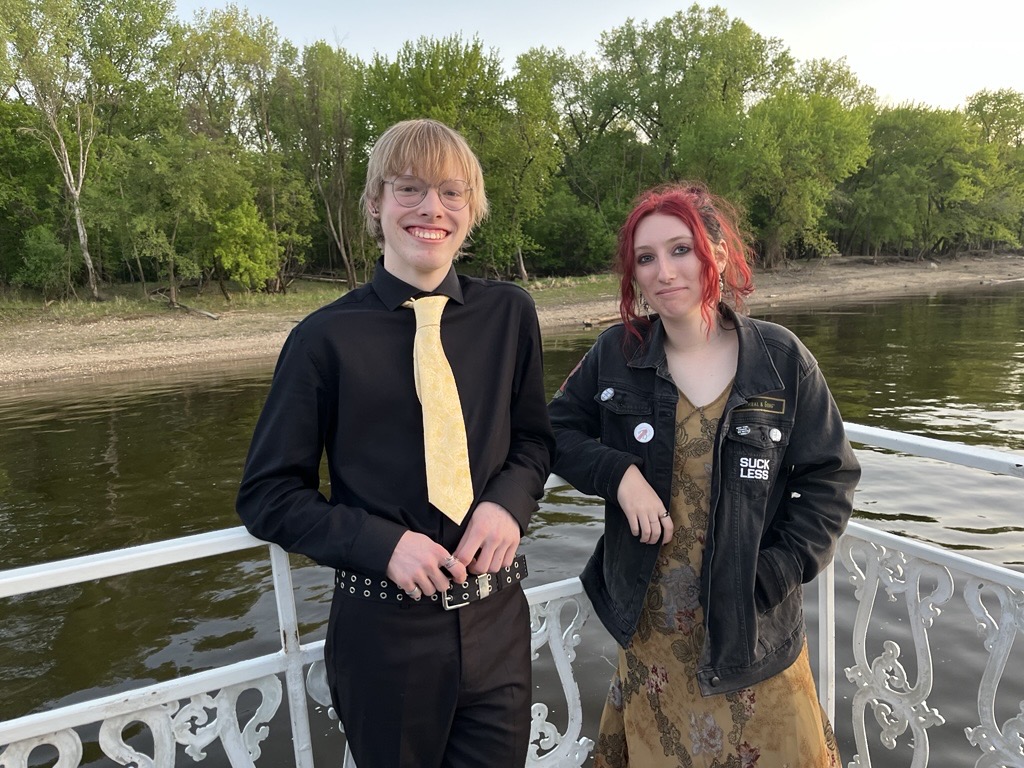The leaves falling from the trees, the air getting colder—it’s a beautiful transition period. But your brain and body may feel otherwise, and the feeling of hopelessness starts to pervade, maybe even become normalized. If this sounds familiar, you may be afflicted with Seasonal Affective Disorder (SAD).
Seasonal depression, or SAD, is categorized as a depressive disorder that correlates with the changing of seasons. This is most commonly associated with winter, but other seasonal changes can trigger it too.
“Seasonal depression starts around the colder months because the days are shorter and everything just seems gloomy, while in summer the days are long and there are things I can do,” Dez Churchill (12) said.SAD is just like any other form of depression, as it can be just as harmful, whether causing stagnant malaise, a lack of motivation or even suicidal ideations. The difference is that SAD isn’t year-round. People who live with seasonal depression may or may not fit all of the symptoms of SAD, but that doesn’t mean that they don’t struggle all the same. And those afflicted with clinical depression might find their condition spiking during seasonal changes or during the doldrums of winter—or even the unstructured aimlessness of summer.
The Heights Herald sat down with Washburn Center’s School-Based Therapist Ms. Amanda Thomas, who works out of an office in the Columbia Heights High School (CHHS) Media Center to learn more.
HH: What are the signs of seasonal depression?
Thomas: Basically, [it’s also the] signs of depression itself. Things like hopelessness, extreme fatigue, isolating, feeling hopeless, worthless, not getting joy or pleasure from things you used to get joy or pleasure from, either sleeping way too much or not enough. [The] same [goes for] appetite, either eating way too much or not enough, so kind of those extremes—having difficulty focusing on things [and] suicidal ideations.
HH: How can someone help counteract symptoms of seasonal depression?
Thomas: Vitamin D is a big [vitamin] that is helpful. Another [resource] is a sun lamp [or] trying to get as much exposure to the daylight when you can. [We can] set our rooms where the windows are open or at least the blinds are open [and] lights are on. Positive affirmations: finding the smallest thing in a day that made you—if not happy, maybe just made you, you know, [a] little [more reassured].”
HH: How is seasonal depression different or comparable to other types of depression?
Thomas: Where seasonal depression is different is that the onset of it is [typically] during the fall and wintertime. So it’s when the days are shorter. And so [for] someone [who] is diagnosed typically with depression, there will be a separate category [or] subcategory, dependent upon the season. So it’s a subset of depression, if you will. Some people just get it during the winter, [for example, and] it would be a recurring depression if they get it every winter.
There is no bad time to talk to someone about how you’re feeling, even if you find yourself uncomfortable speaking about your mental health struggles. If you don’t have someone to talk to, there are always other places to look, whether it be social workers Cathy Springhorn or Caitlin Whitney in the front office, school psychologists Ms. Angela Jacobson or Mr. Connor Born in the 200 hallway or Thomas in the Media Center. Dialing 988 will also connect you with a mental health crisis hotline operator, and you do not need to be on the verge of a breakdown to call. If you need somebody to talk to, it is completely okay to call, email or talk to someone who has the knowledge to help. Don’t let the onset of winter freeze you up—speak up now.


